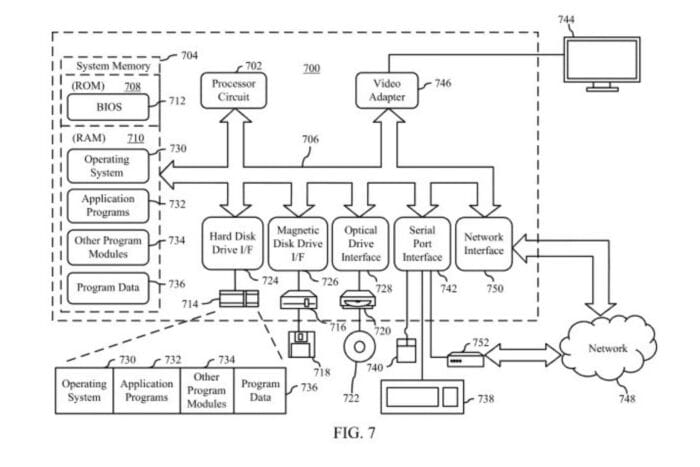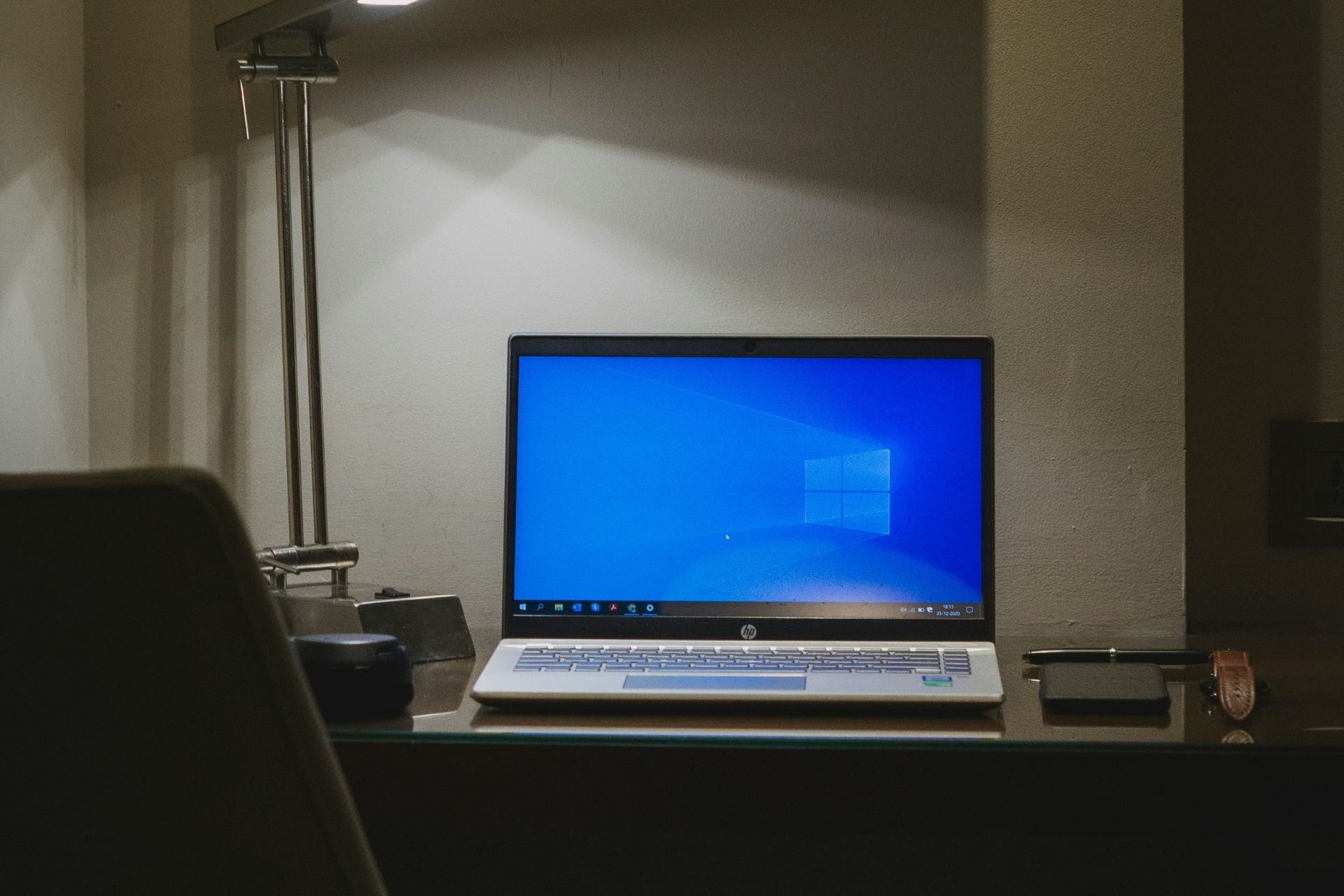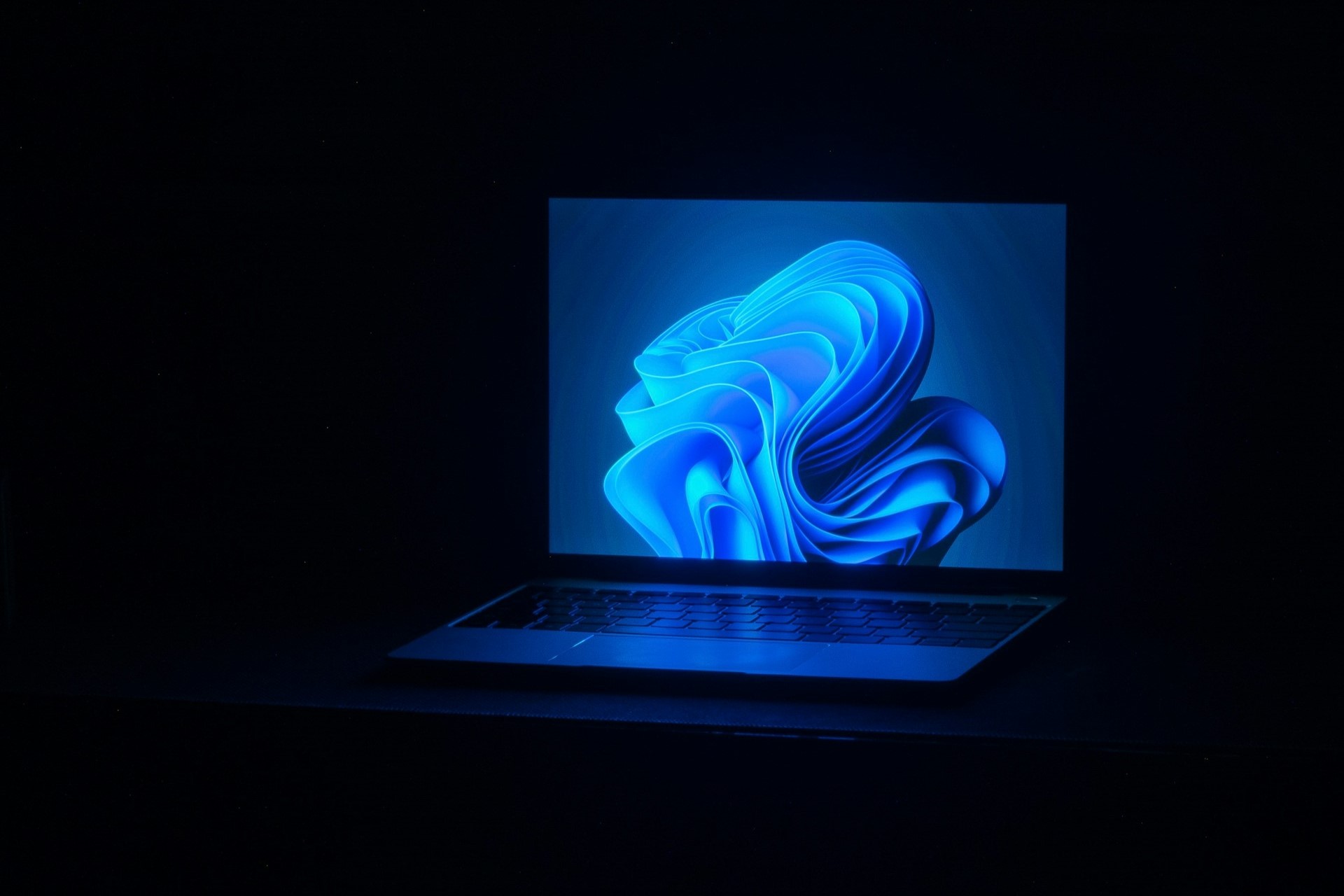Microsoft's new patent unveils tech that can transfer device ownership securely in just a few seconds
Considering Microsoft's latest inquiries into cybersecurity, this tech might see the light of day.
2 min. read
Published on
Read our disclosure page to find out how can you help Windows Report sustain the editorial team. Read more

Picture a world where transferring ownership of your high-tech gadgets, such as a smartphone or laptop, is as simple as passing over a physical key from one person to another. Microsoft appears poised to make this futuristic notion a reality with its new method, which essentially permits a computing device (imagine something like a system-on-a-chip) to be securely transferred from one owner to another through the magic of a security processor.
How does it work? In the recently published patent, Microsoft says the security processor becomes active when the device starts. It loads and runs a boot code that checks for an owner switch request. If this code confirms ownership transfer, it loads firmware authorized explicitly by the current owner.
When this firmware is executed, it tells the security processor to program a group of fuses with the public key belonging to the new owner. Moreover, it invalidates or renders useless the public key from the original owner to secure the transition.
Why is this important? In today’s digital era, it is crucial to guarantee computing devices’ security, mainly when switching from one person to another.
Old-fashioned methods of transferring ownership—such as just resetting a device—do not always fulfill the necessary security requirements. However, this new method adds an extra layer of protection, making it very difficult for attackers to take control of the device when transferring ownership. This method also removes the requirement of a big flash memory device to hold public keys, decreasing both the size and risk of attacks on the CPU.
If you purchase a used device, this technology ensures the device has been safely transferred to your possession. And if you are selling it, there is no need to worry about your data going into unauthorized hands.
Microsoft’s patent application concerns not only shifting possession but also making this process secure, effective, and unable to be tricked. This provides us with a vision of what the future could look like—one where transferring our digital belongings is as safe as doing so for physical items. Considering the Redmond-based tech giant is investing dozens of financial and human resources into cybersecurity, this device ownership technology would only strengthen the company’s ambition to offer the best security tools.








User forum
0 messages